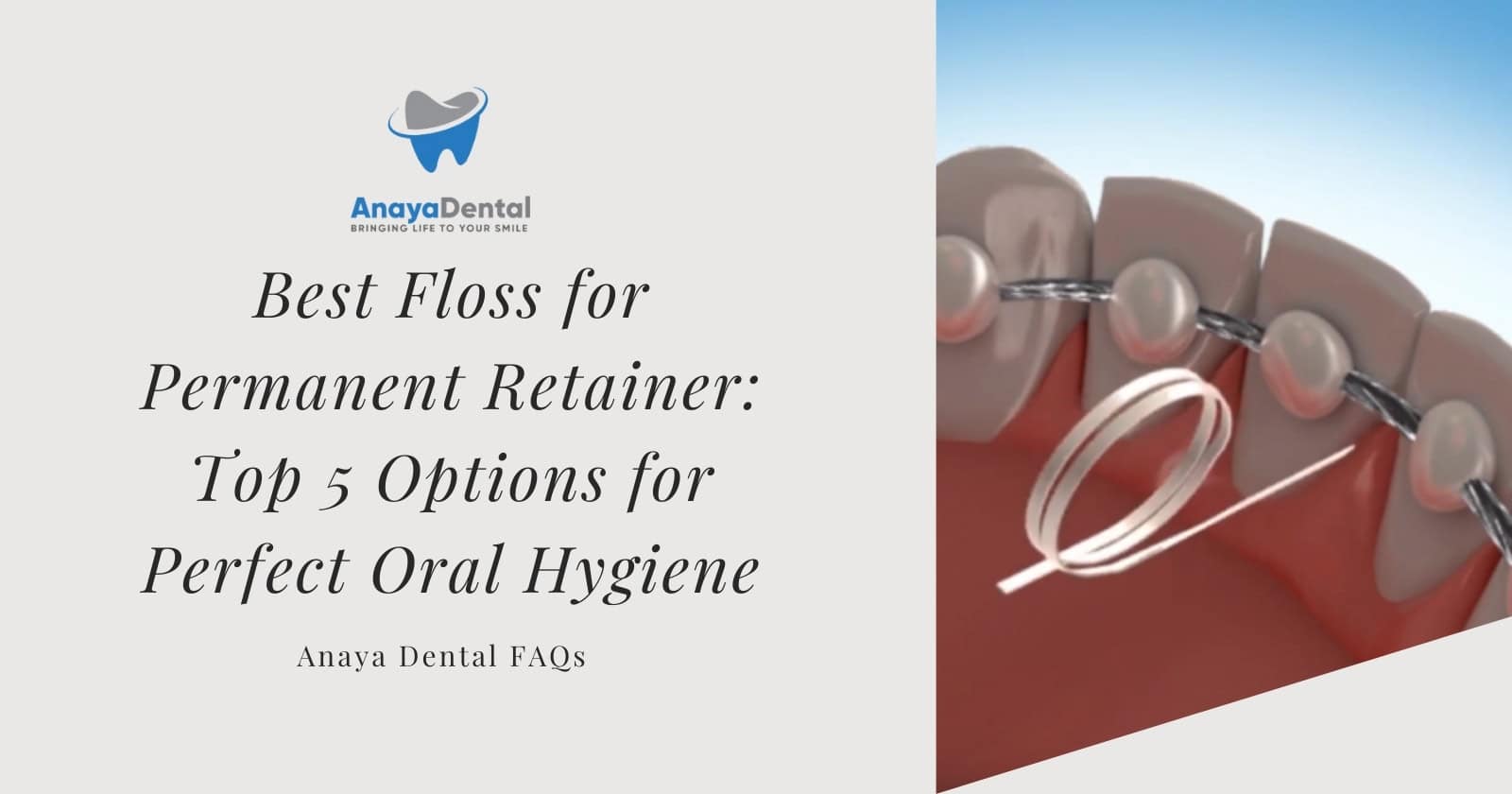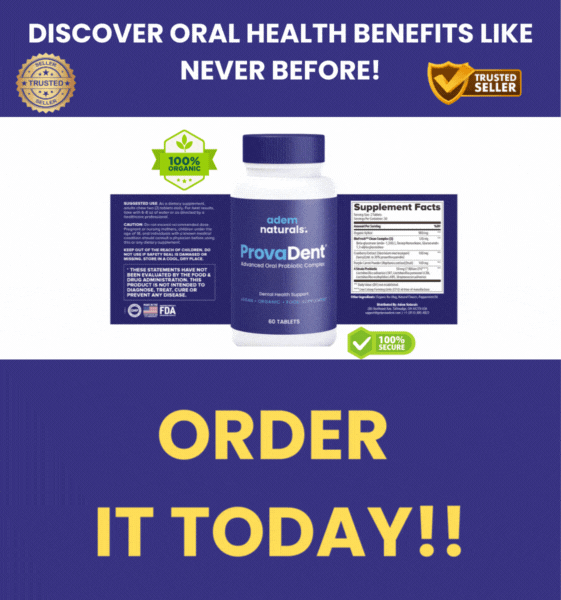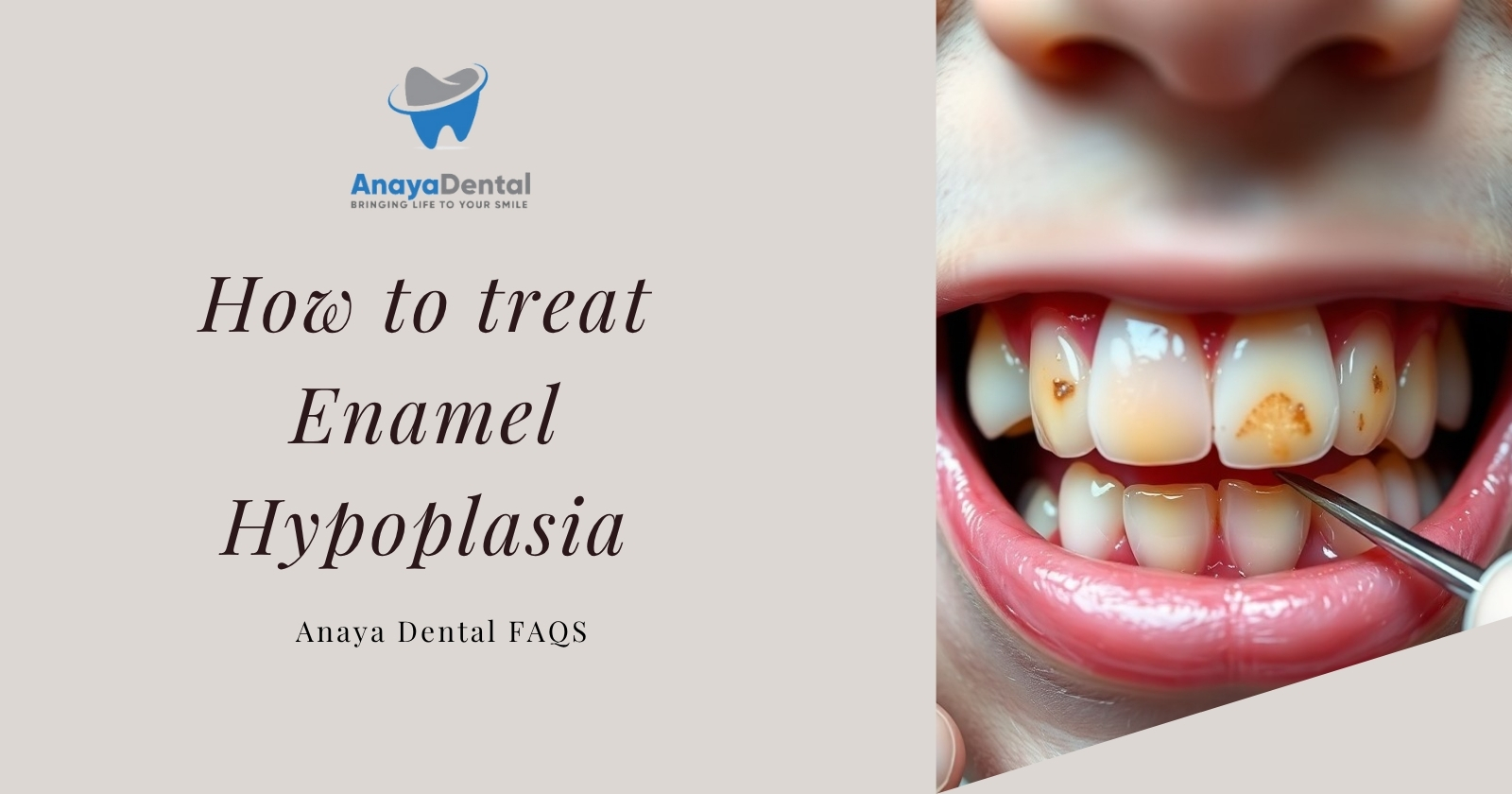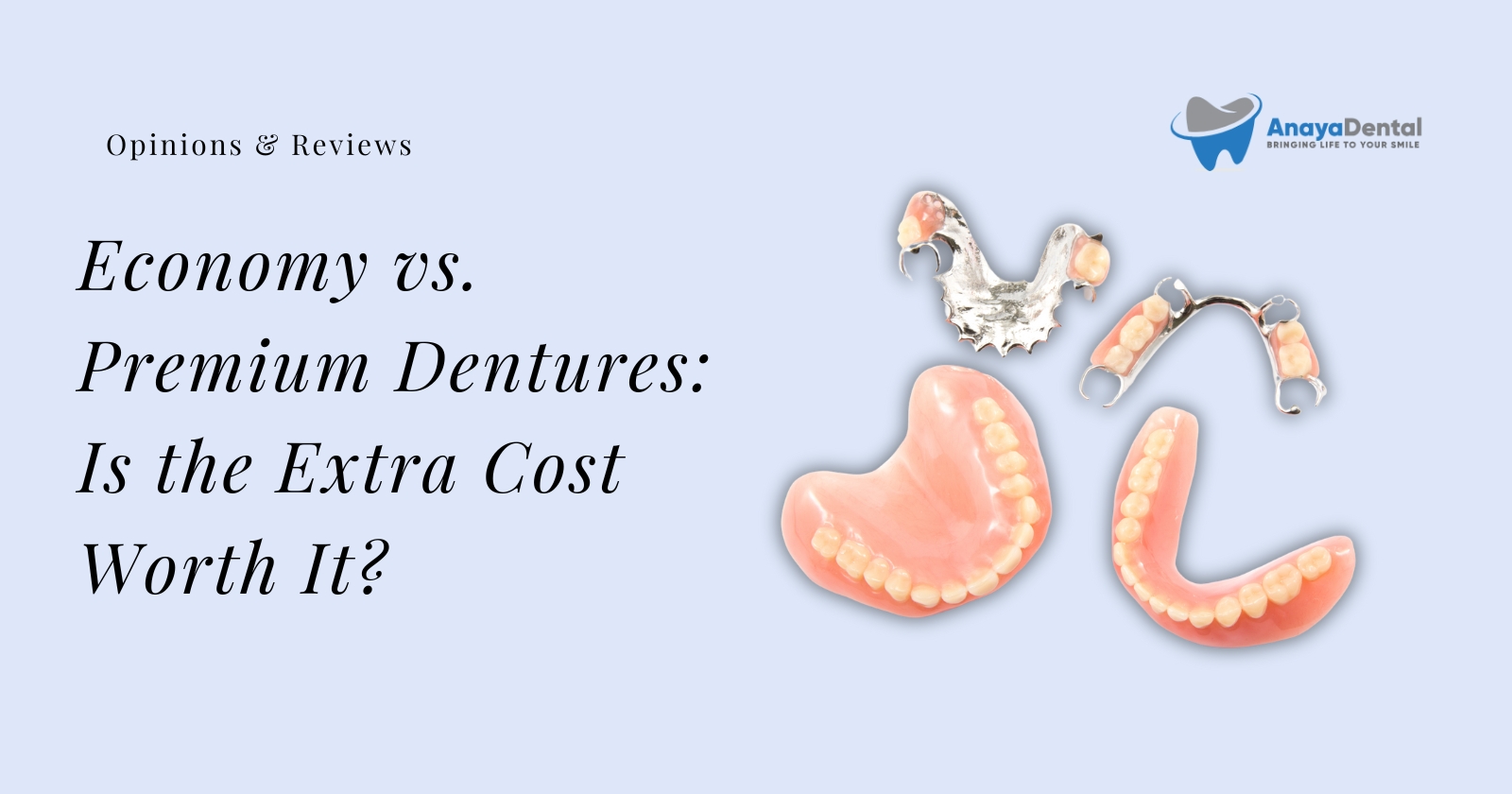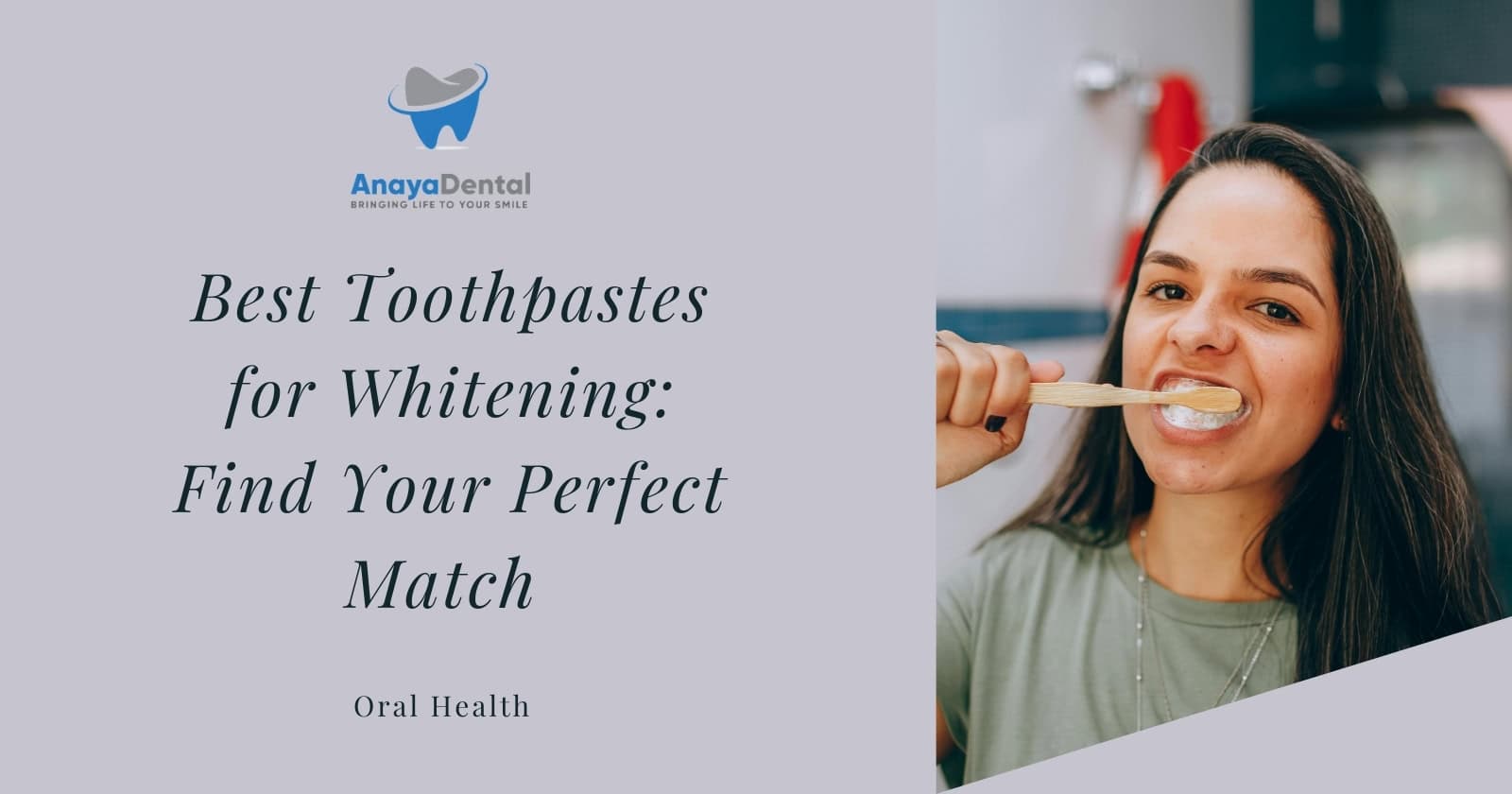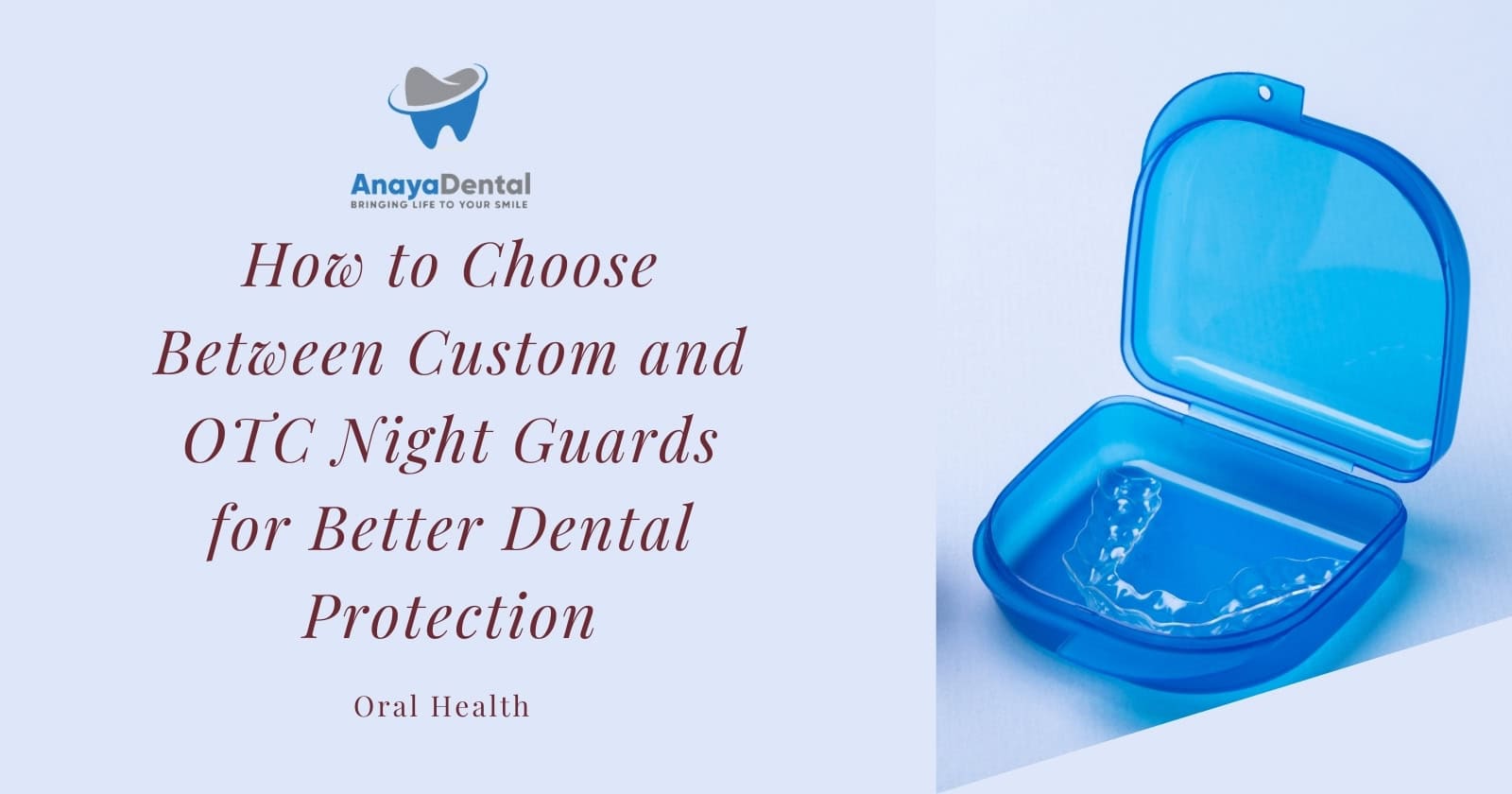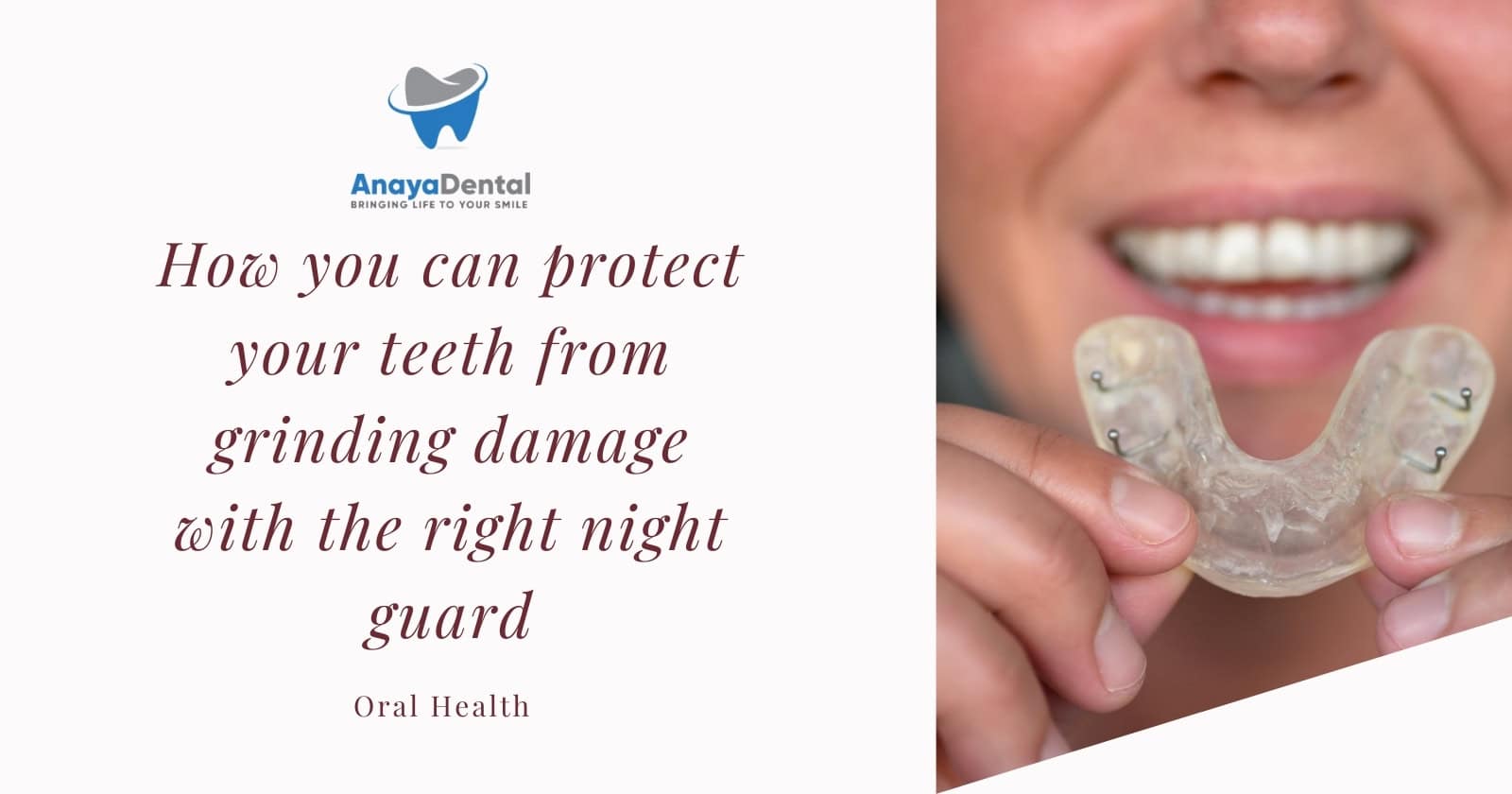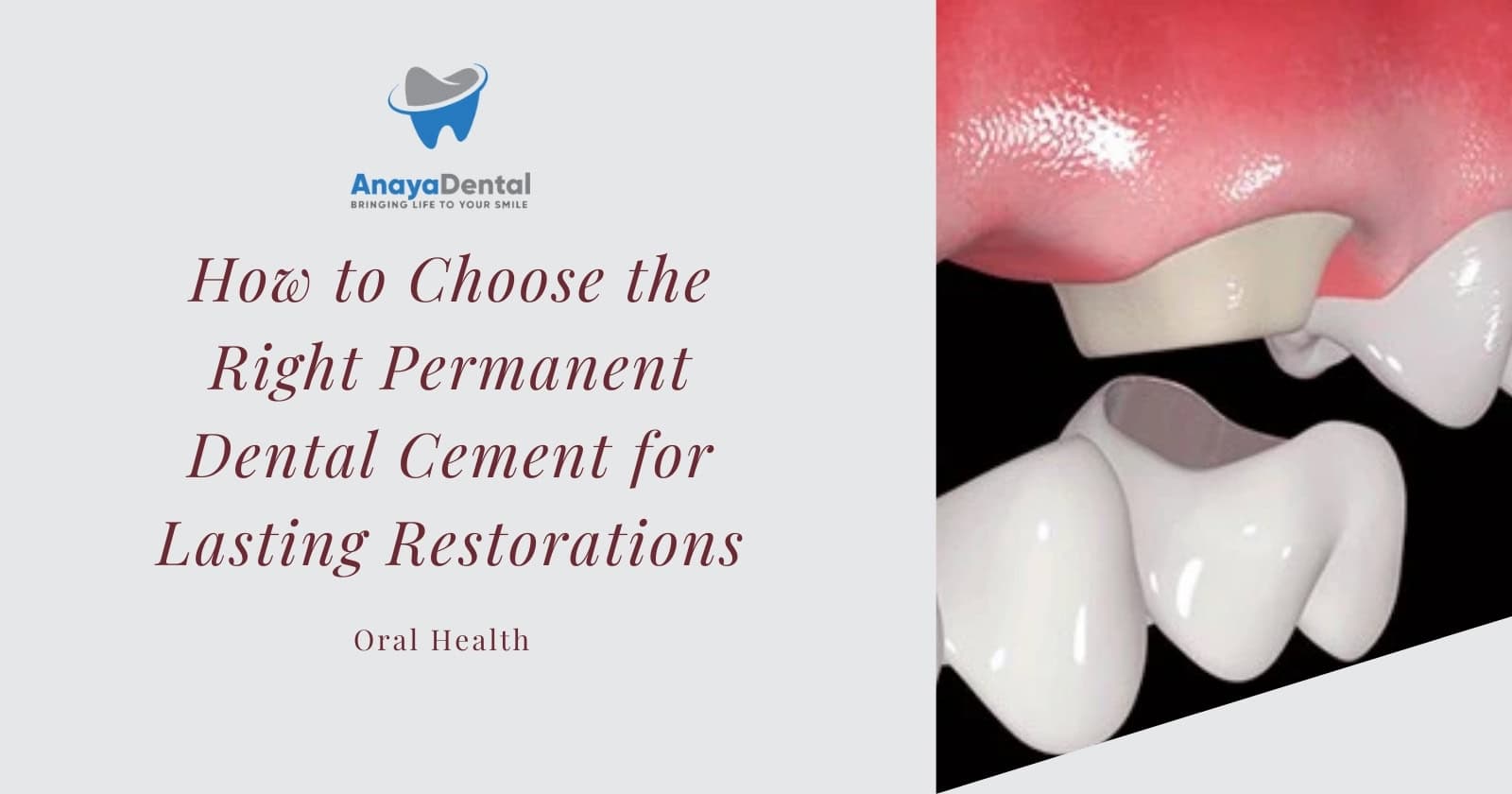Did you recently get a permanent retainer after completing your orthodontic treatment? You might be wondering how to maintain proper oral hygiene when there’s a wire permanently attached to the back of your teeth. That metal barrier makes traditional flossing seem impossible, but maintaining clean teeth is crucial for preserving your beautiful smile and overall dental health.
In this comprehensive guide, we’ll explore the best floss options for permanent retainers, comparing their effectiveness, ease of use, and value. Whether you’re new to permanent retainers or have been struggling with proper cleaning techniques, you’ll discover solutions that work for your specific needs.
Understanding Your Permanent Retainer and Why Special Flossing Matters
Before diving into flossing methods, it’s important to understand what type of permanent retainer you have, as this affects which flossing technique will work best for you.
Try Our Dental Calculators
Types of Permanent Retainers You Might Have
There are two main types of permanent retainers you might encounter:
- Flexible wire attached to each individual tooth – This type is bonded separately to each tooth it supports, requiring you to thread floss between each tooth individually.
- Stiff wire bonded only to end teeth – Typically attached only to the canines while stretching across the front teeth. This design allows you to thread floss under the wire just once and then move between teeth.
Your permanent retainer is designed to last 10-20 years, though it may eventually need replacement if it becomes bent, broken, or if the bonding agent wears out. Proper dental care significantly extends its lifespan.
Why Regular Flossing With a Permanent Retainer Is Crucial
Flossing with a permanent retainer requires extra effort, but skipping this step can lead to serious consequences:
- Plaque buildup around the retainer wire can lead to cavities and tooth decay
- The areas around permanent retainers are prone to tartar accumulation
- Without proper cleaning, you risk developing gum disease
- Food particles trapped under the wire create the perfect environment for bacteria
A study published in the Journal of Clinical Orthodontics found that patients with permanent retainers who don’t use specialized flossing techniques have significantly higher rates of gingivitis and early-stage periodontitis compared to those who maintain proper flossing habits.
Top 5 Flossing Options for Permanent Retainers
Now let’s explore the best flossing solutions for keeping your teeth and permanent retainer clean. Each option has unique benefits that might make it ideal for your specific situation.
1. Water Flossers: Best Overall Option for Most Users
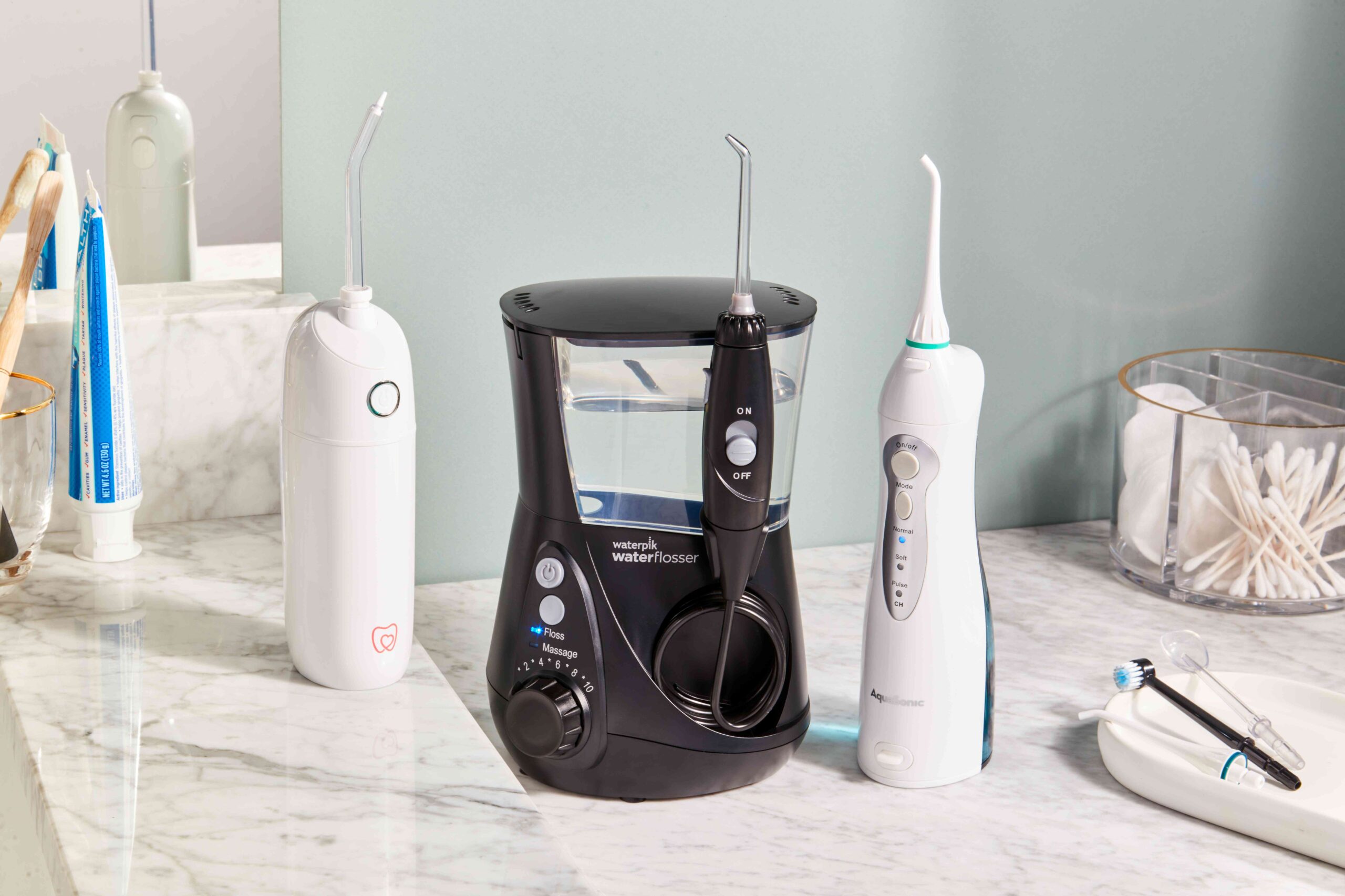
Water flossers (like Waterpik) use a stream of pressurized pulsating water to clean between teeth and around orthodontic appliances.
How to use a water flosser with your permanent retainer:
- Fill the reservoir with lukewarm water (or add a small amount of mouthwash for freshness)
- Start with low or medium pressure setting
- Direct the water stream along the gumline and around the retainer wire
- Move slowly from tooth to tooth, pausing briefly between each
- Pay special attention to the areas where the wire is bonded to your teeth
Pros of water flossers:
- Fast and easy to use – typically takes only 1-2 minutes to clean your entire mouth
- No threading required – eliminates the frustration of threading floss under your retainer
- Gentle on gums – particularly beneficial if you have sensitive gums
- Highly effective for cleaning around wires where food particles get trapped
- Great for those with poor dexterity or arthritis who struggle with manual flossing
Cons of water flossers:
- More expensive initial investment ($30-70 for a basic model)
- Less portable than thread-based options
- Requires access to water and electricity
- May be messy until you develop proper technique
Dentists particularly recommend water flossers for patients with permanent retainers because they are much less harsh on existing dental work than traditional floss. Additionally, there is no pulling motion that could potentially damage your retainer’s bonding, making them a safer option for long-term retainer maintenance.
2. Floss Threaders: Best Budget-Friendly Option
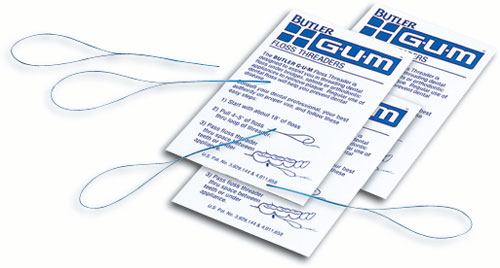
Floss threaders are simple, flexible plastic tools that resemble large sewing needles. They help guide regular dental floss under your retainer wire and are the most economical specialized flossing option.
How to use floss threaders with your permanent retainer:
- Thread a piece of regular floss through the eye of the threader (about 18 inches works well)
- Pass the pointed end of the threader under your retainer wire
- Pull the floss through until it’s positioned under the wire
- Remove the threader and floss normally between teeth
- Repeat for each tooth if your retainer is bonded to every tooth
Pros of floss threaders:
- Inexpensive and widely available – often less than $3 for a pack
- Allow you to use your preferred floss type
- Reusable for several uses (with proper cleaning)
- Effective when mastered – many orthodontists recommend these as a first option
Cons of floss threaders:
- Requires more time and dexterity than other options
- Need to re-thread between each section of teeth
- May be frustrating for beginners
- Can be easy to misplace due to their small size
While floss threaders take more time and patience, many users become proficient with practice. They’re an excellent option if you’re on a budget or prefer the feel of traditional floss.
3. Superfloss/Threader Floss: Best for Convenience
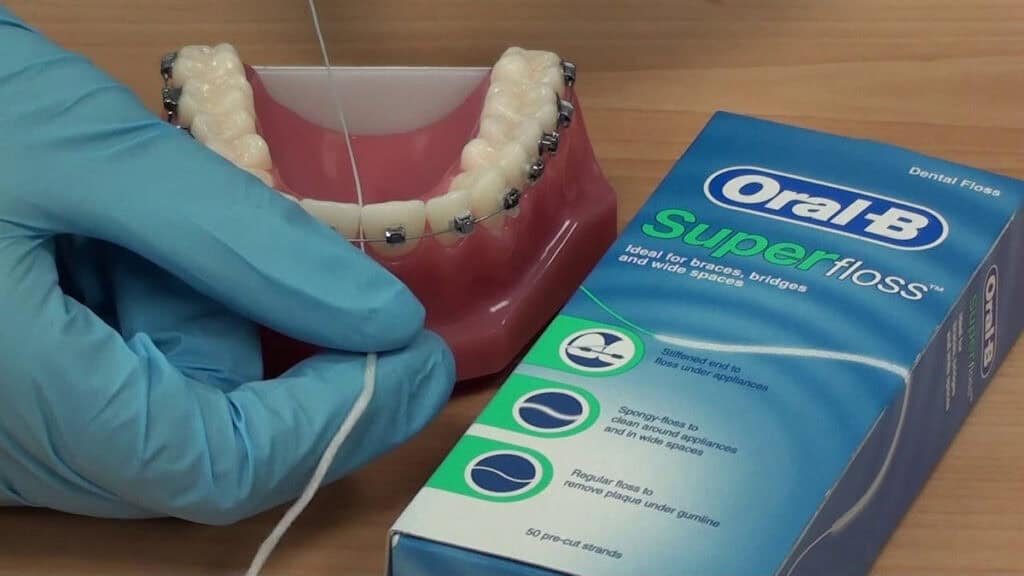
Superfloss (by Oral-B) and similar products combine a stiff threader end with regular floss in one piece. The stiff end helps guide the floss under retainer wires, eliminating the need for a separate threader.
How to use Superfloss with your permanent retainer:
- Take the stiff end and guide it beneath your retainer wire
- Pull the floss forward until it’s under the wire
- Floss normally between teeth
- Move to the next section and repeat
Pros of Superfloss:
- No separate threader needed – all-in-one solution
- Often has a spongy section for cleaning larger gaps
- Generally quicker than using a separate threader
- Great for braces and permanent retainers alike
- Convenient for travel or keeping in your bag
Cons of Superfloss:
- Single-use product (less eco-friendly)
- Some users report the floss getting stuck between teeth
- Slightly more expensive than basic floss and threaders combined
- Mixed reviews on effectiveness for some users
Many users find that Superfloss makes their daily cleaning routine significantly easier and more effective. The combination of different floss types in one strand helps clean various areas around the retainer, and the design tends to work well with metal appliances.
However, it’s important to use a gentle technique with any flossing method. Using too much force or improper technique could potentially damage your retainer’s bonding. Always follow the instructions and consult with your dental professional if you’re unsure about proper usage.
4. The AutoFlosser: Best for Difficult Access
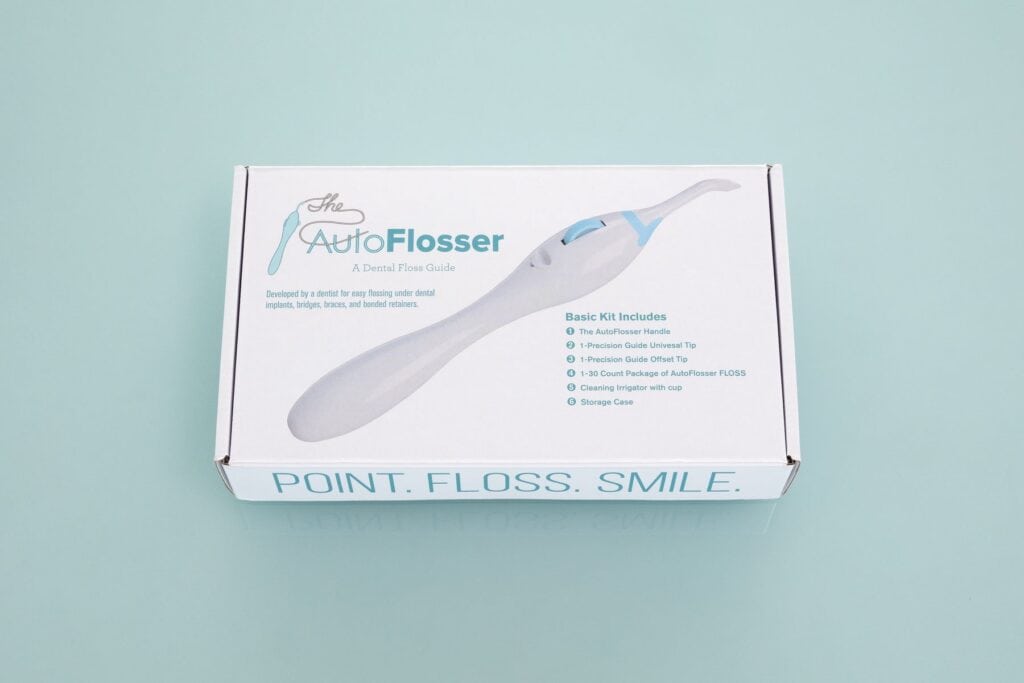
The AutoFlosser is a specialized tool designed specifically for permanent retainers, bridges, and implants. It features a handle with rollers to guide specialized floss, making it particularly useful for those who struggle with traditional flossing methods.
How to use the AutoFlosser with your permanent retainer:
- Place the tip of the flosser tool on the bridge/retainer
- Roll the floss tip through the gum edge
- Follow the manufacturer’s instructions for your specific model
Pros of the AutoFlosser:
- Designed specifically for orthodontic appliances
- Comes with different types of specialized floss
- Good for those with dexterity issues or arthritis
- Reduces frustration compared to traditional threading
- Makes reaching back teeth easier
Cons of the AutoFlosser:
- Specialized product that may be harder to find
- Takes some practice to master
- More expensive than basic flossers
- May need replacement parts over time
Many users report dramatic improvements in their flossing experience after switching to the AutoFlosser. The specialized design makes it possible to clean areas that were previously difficult or impossible to reach with traditional flossing methods. For people who have struggled with other flossing techniques, this tool can be a game-changer for maintaining proper oral hygiene with a permanent retainer.
5. Manual Technique Without Tools: Best for Specific Retainer Types
If your retainer is only bonded to the canines (not every tooth), you can use this specialized technique that requires no additional tools beyond regular floss.
How to use this technique with your permanent retainer:
- Form a loop in your floss about 5-6 inches from the end
- Slip the loop over your two lower front teeth
- Pull downward until the floss “snaps” under the retainer
- Let go of the short end and pull the long end through
- Grab both ends and floss normally
- To move to the next set of teeth, lift and slide the floss over
Pros of the manual technique:
- No special tools required
- Once mastered, can be faster than using threaders
- Cost-effective
- Always available as long as you have regular floss
Cons of the manual technique:
- Only works for retainers bonded only to the canines
- Requires good dexterity
- Takes practice to master
- May not work well for everyone
This technique works best for people with retainers that are only attached to the canine teeth, leaving the wire free-floating across the front teeth. If your retainer is bonded to each individual tooth, this method won’t work effectively.
Choosing the Right Floss Option for Your Specific Needs
With so many options available, how do you choose the right flossing method for your permanent retainer? Consider these factors:
Your Retainer Type Matters
- For retainers bonded to each tooth: Water flossers and floss threaders typically work best
- For retainers bonded only to canines: All methods work, including the manual technique
Consider Your Personal Preferences and Limitations
- Limited dexterity or arthritis: Water flossers or AutoFlossers are your best options
- Budget constraints: Floss threaders offer the most economical solution
- Travel frequency: Superfloss or threaders are most portable
- Time constraints: Water flossers offer the fastest cleaning experience
- Sensitive gums: Water flossers provide the gentlest experience
Ask Your Dental Professional
Your orthodontist or dental hygienist can demonstrate proper techniques for your specific retainer and recommend products based on your individual needs. Don’t hesitate to ask for guidance during your next appointment.
Additional Tips for Maintaining Your Permanent Retainer
Beyond choosing the right flossing method, these additional tips will help keep your permanent retainer and teeth in optimal condition:
Daily Cleaning Routine
Establish a consistent daily cleaning routine:
- Brush thoroughly around the retainer wire, angling your brush to reach underneath
- Use your chosen flossing method to clean between teeth and under the wire
- Consider adding an antimicrobial mouthwash to your routine
- Be patient and thorough – rushing leads to missed areas
Warning Signs to Watch For
Be aware of these warning signs that may indicate problems with your permanent retainer:
- Increased sensitivity around retainer-bonded teeth
- Bleeding gums when brushing or flossing
- Visible plaque buildup on or around the retainer wire
- Loose or broken wire sections
- Persistent bad breath despite good oral hygiene
If you notice any of these signs, schedule an appointment with your dentist or orthodontist promptly. Early intervention prevents more serious issues.
Conclusion: Consistency Is Key for Permanent Retainer Care
Flossing with a permanent retainer requires additional time and specialized tools, but it’s essential for maintaining oral health and protecting your investment in orthodontic treatment. While there are several effective options available, the best choice depends on your specific retainer type, personal preferences, and budget.
Remember that consistency is key – regardless of which method you choose, daily flossing is crucial for preventing plaque buildup, cavities, and gum disease around your permanent retainer. As dental experts consistently note, “the most important part is doing it regularly and consistently.”
Your beautiful, straight smile is worth the extra effort. By choosing the right flossing method and maintaining a consistent oral hygiene routine, you’ll keep your teeth and gums healthy for years to come, making the most of your orthodontic investment.
Have you found a flossing method that works particularly well with your permanent retainer? What challenges have you faced in maintaining good oral hygiene with orthodontic appliances? Share your experiences in the comments below!
